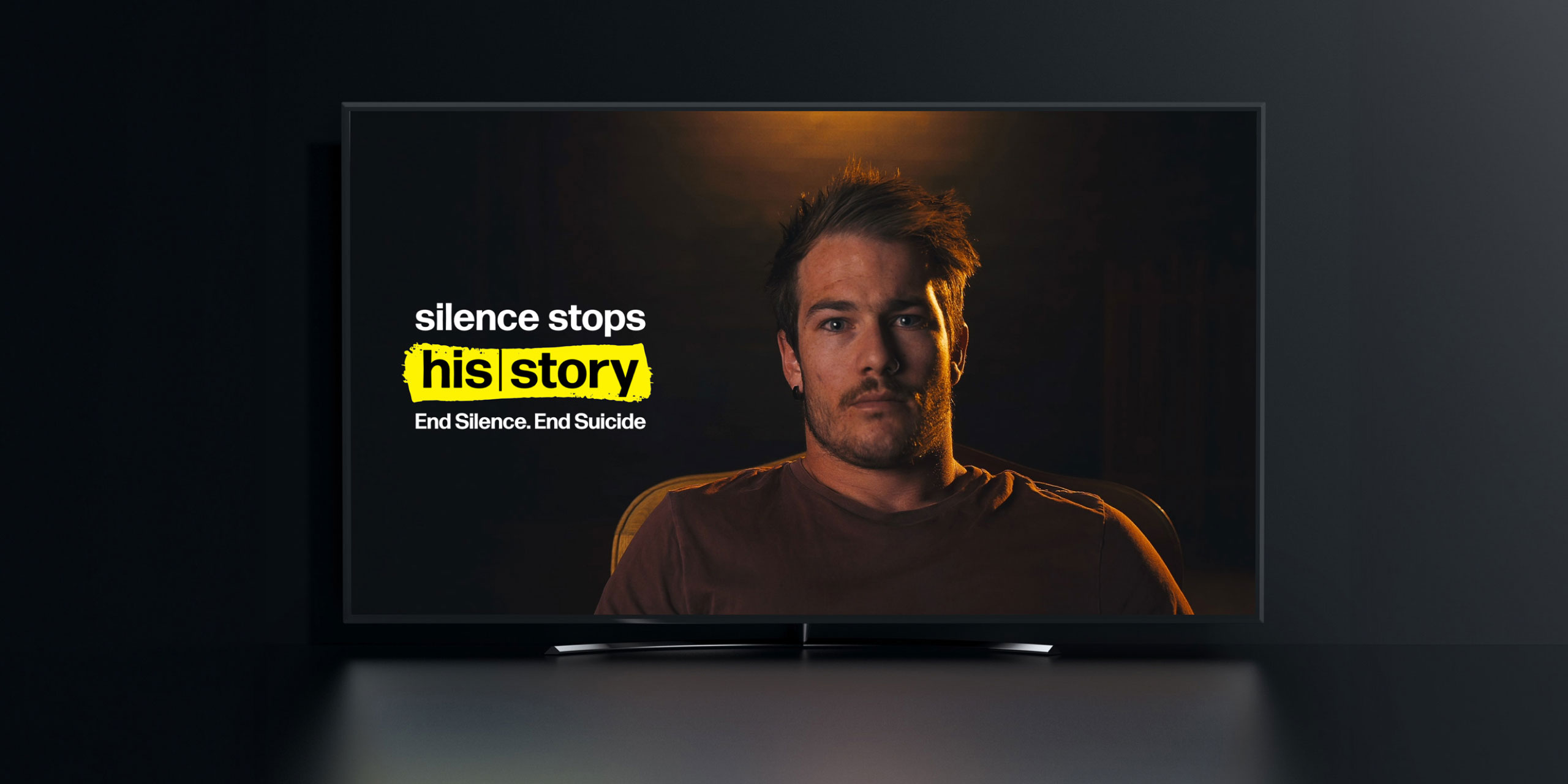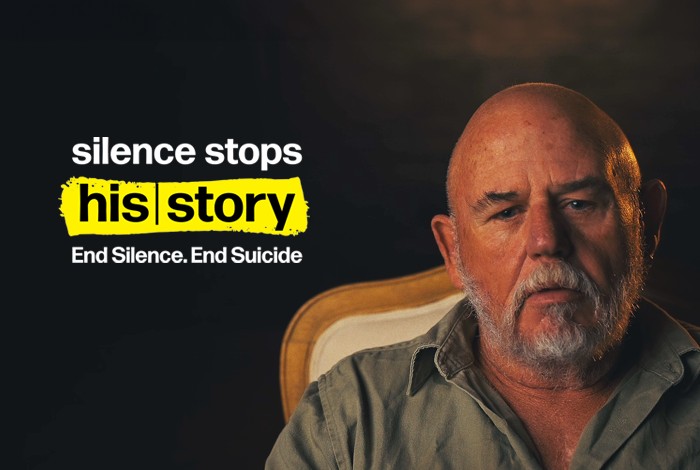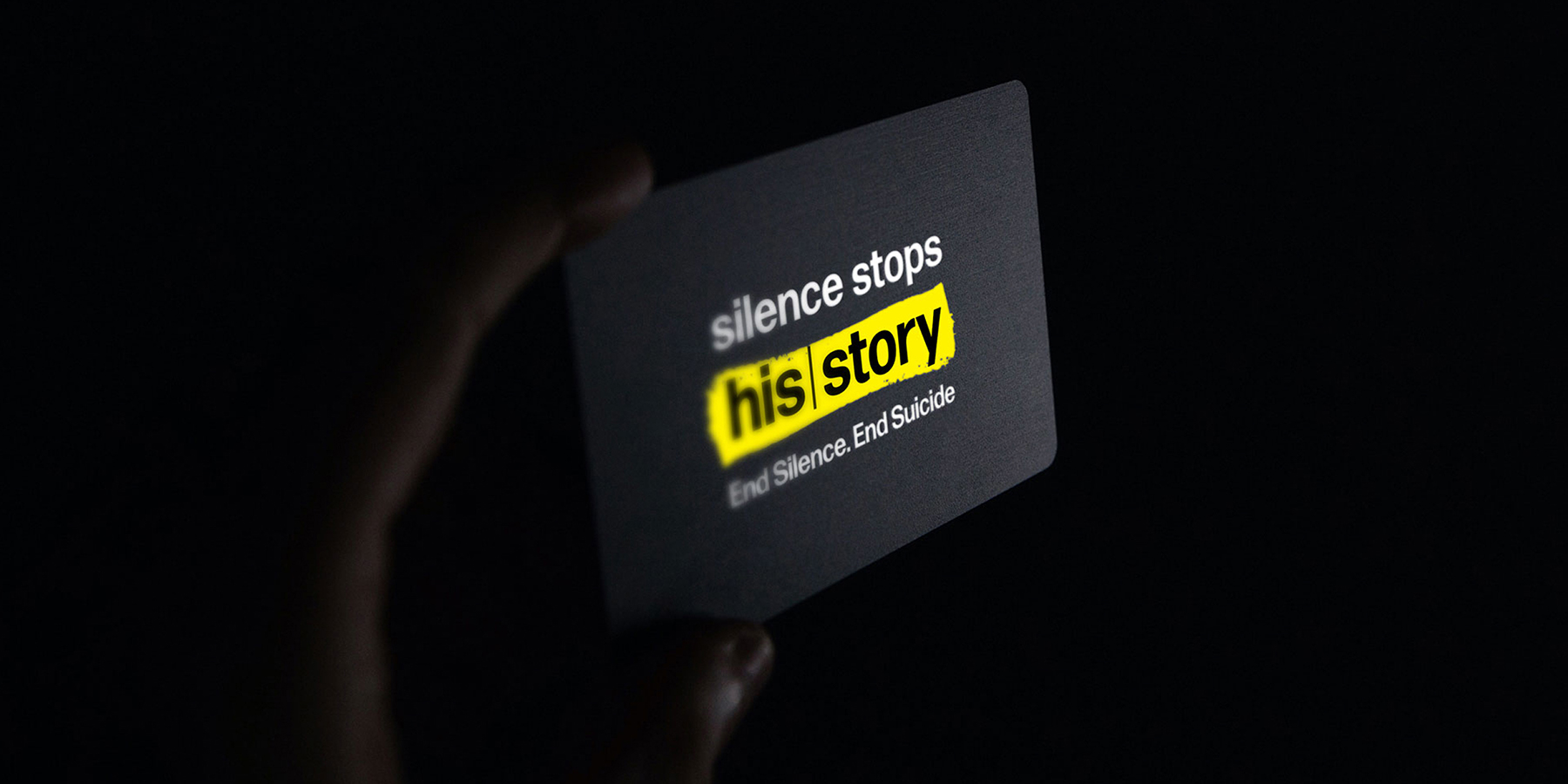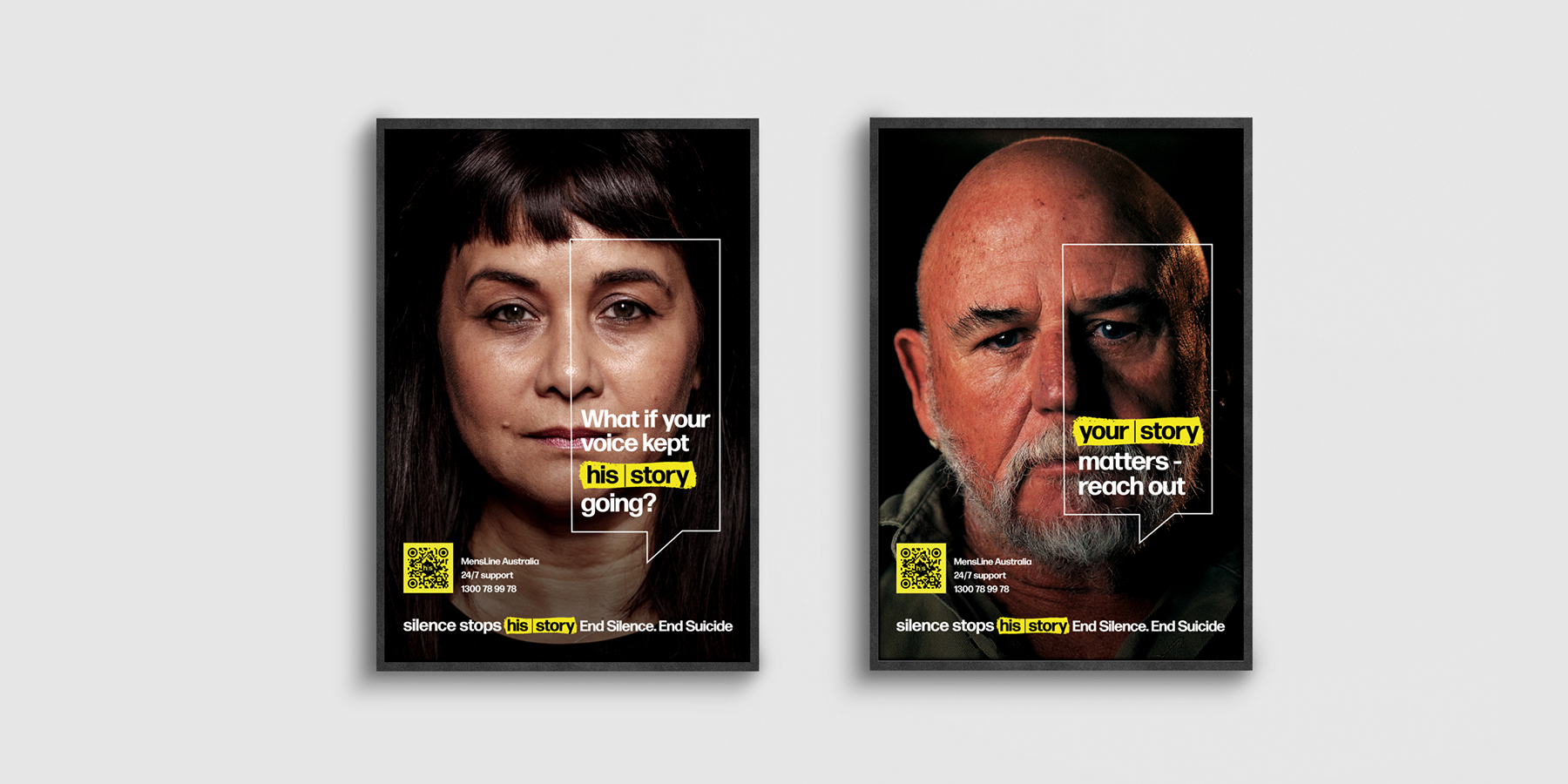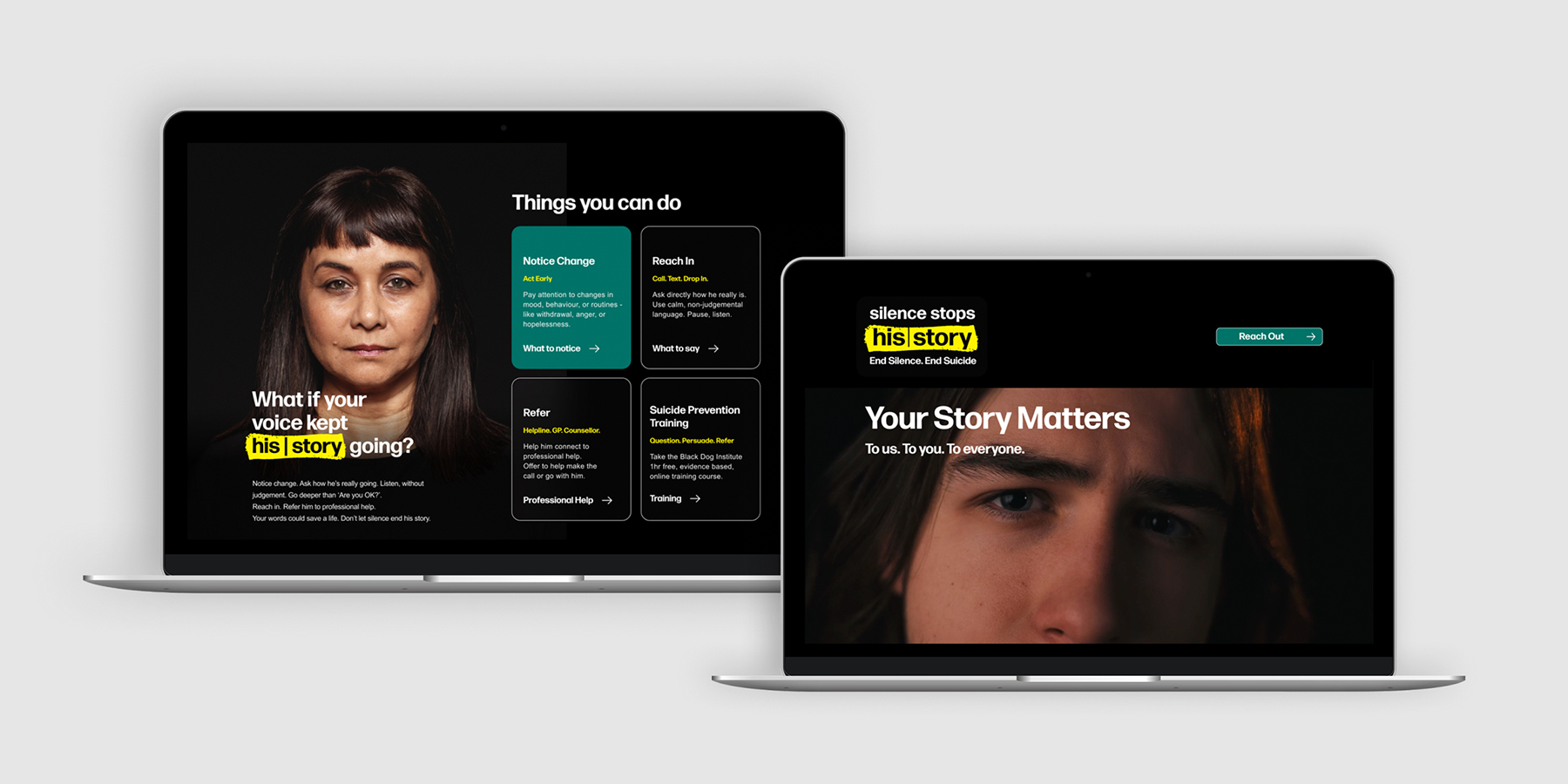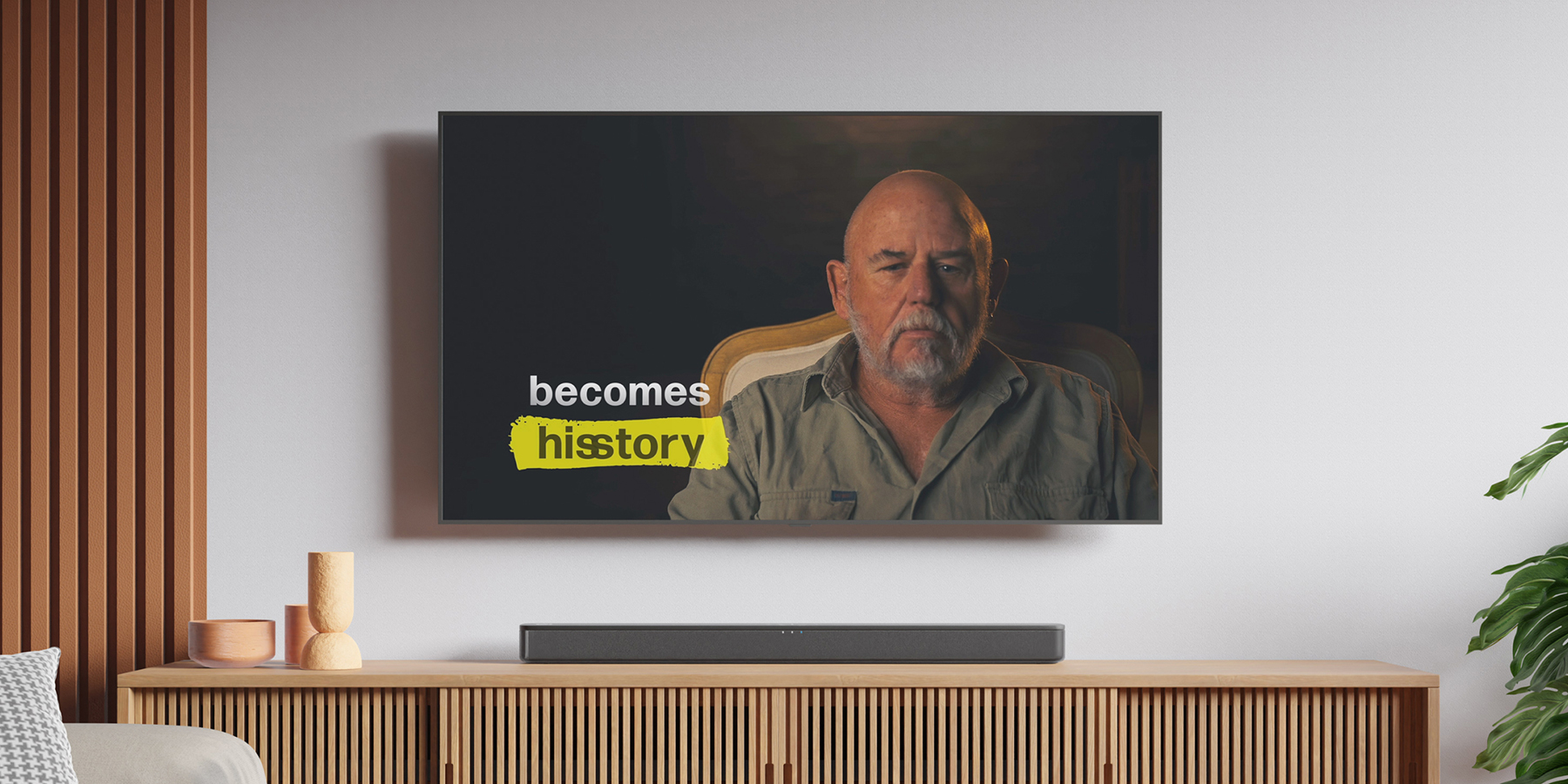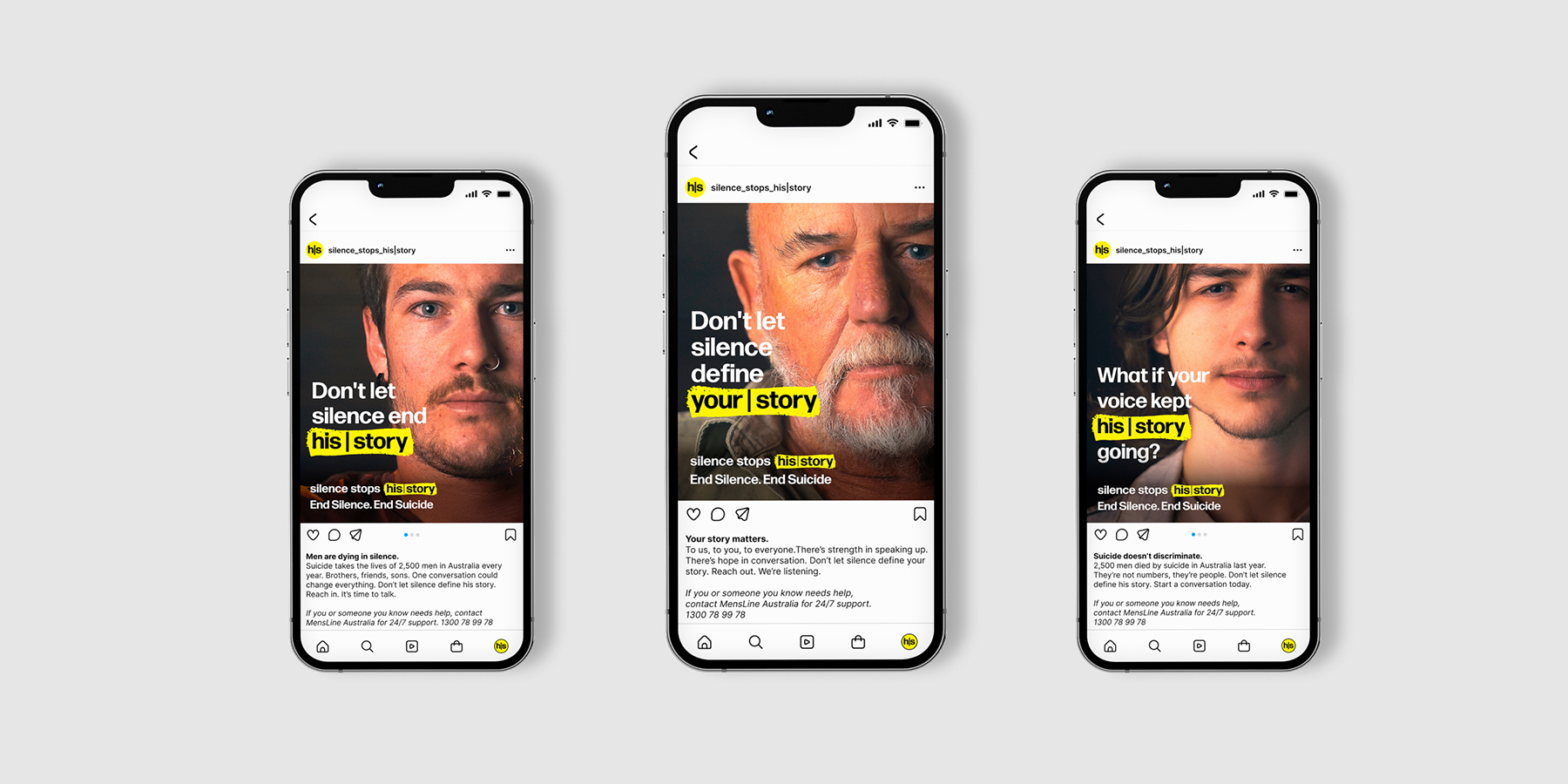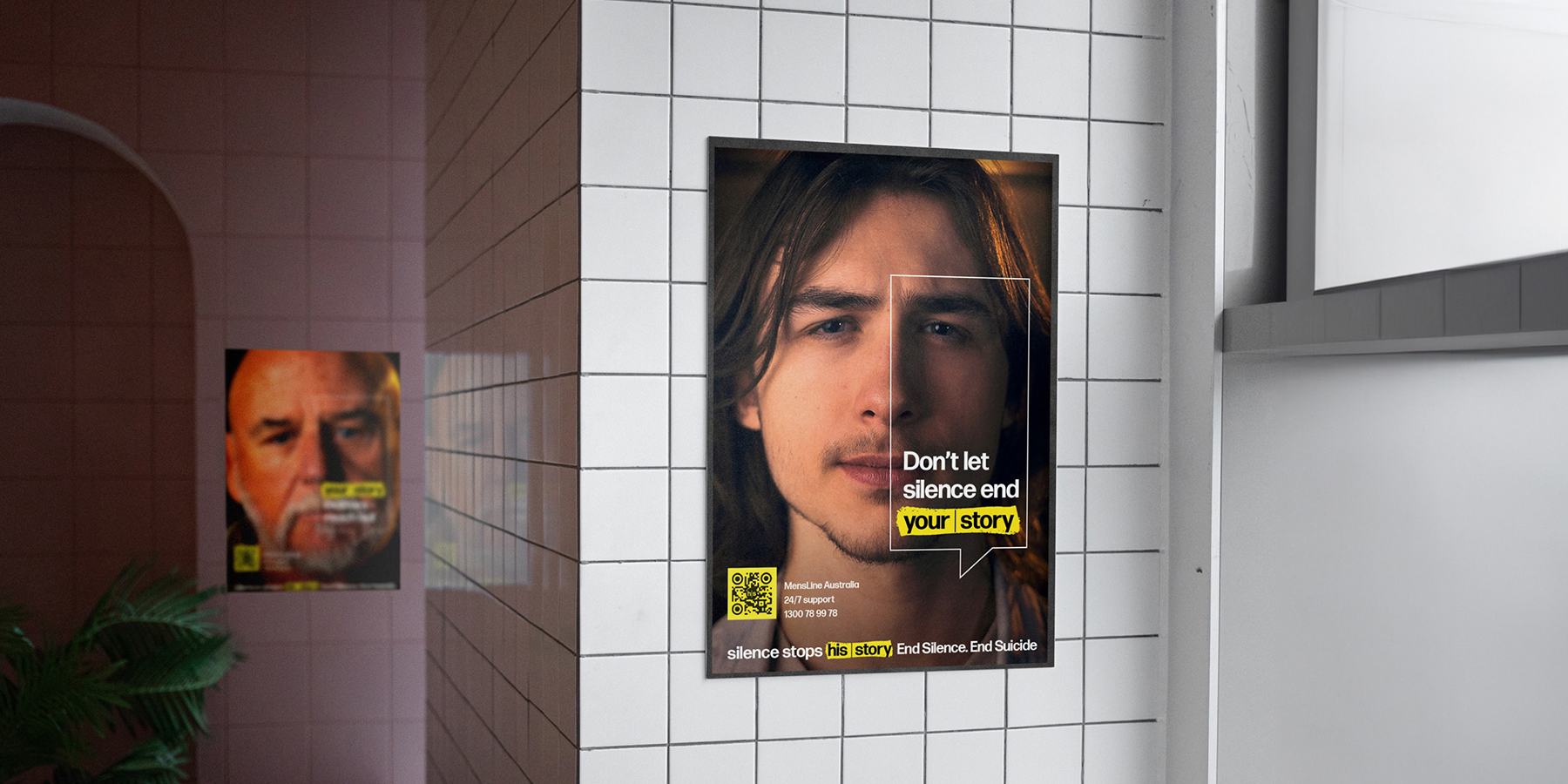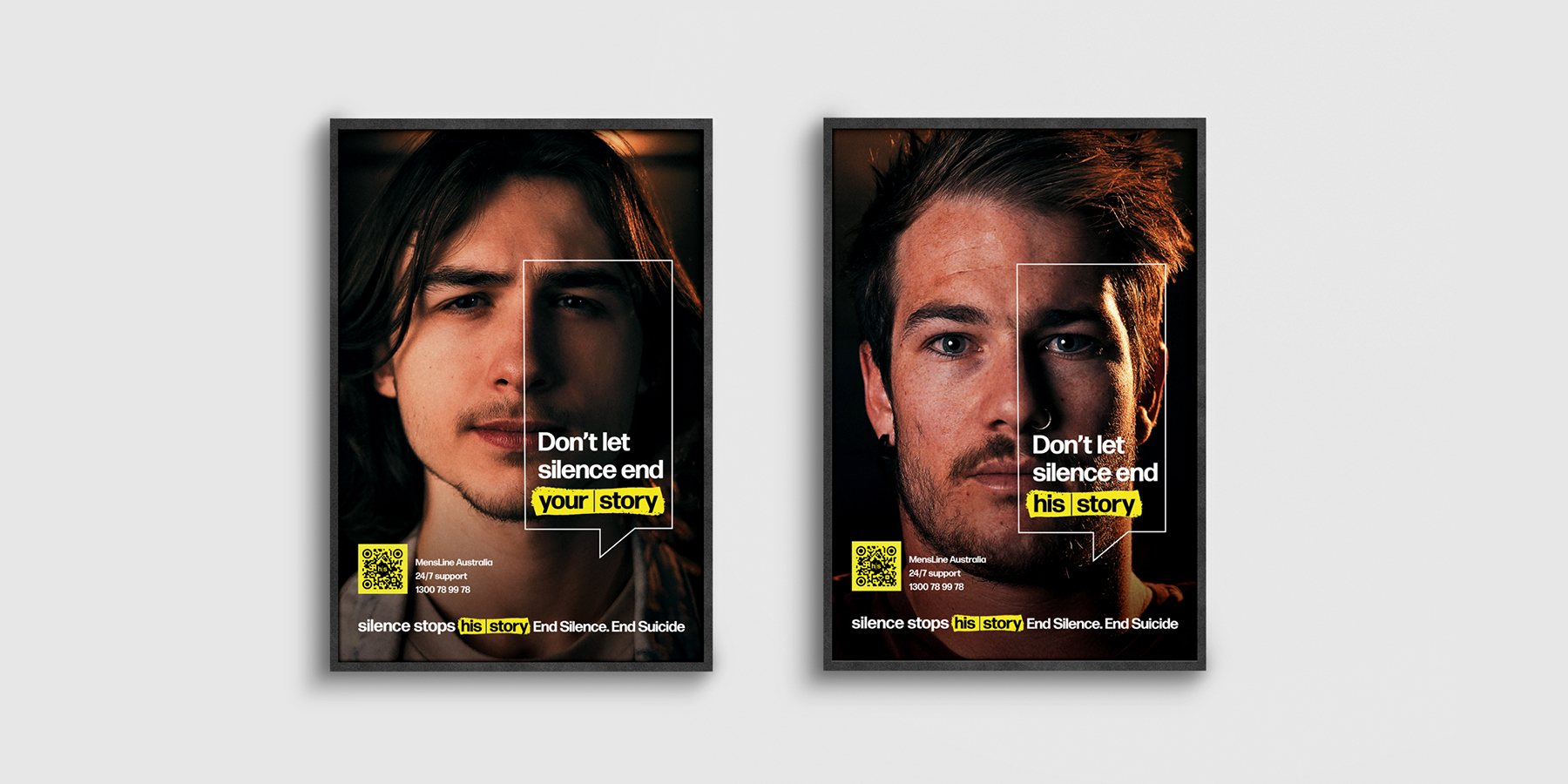The Silence Stops His Story campaign delivers a transformative and enduring impact across social, environmental, and commercial spheres.
Socially, it addresses the urgent crisis of male suicide in Australia by driving connection, reducing stigma, and encouraging earlier help-seeking behaviour. Led by authentic voices, the campaign empowers life-saving conversations, building resilience and hope where silence once prevailed.
Environmentally, the campaign demonstrates a commitment to sustainability and the principles of the Circular Economy. We engaged local talent for videos with local shoot locations, minimising our environmental footprint, activating regional communities, and stimulating remote economies. Our digital-first approach minimised waste, whilst responsible print production ensured materials were selected for their low environmental impact, creating broad reach without compromising the planet.
From a commercial perspective, the campaign has elevated Murray PHN’s profile as a leader in mental health advocacy, showcasing the tangible value of investing in professional design. The high-quality, adaptable assets enabled the client to extend the campaign across multiple channels and diverse communities, maximising both impact and return on investment. The campaign’s adaptability has also allowed for ongoing expansion, ensuring its relevance and effectiveness well into the future.
Crucially, this project enhances Victoria’s reputation as a hub for design and creative excellence. By tackling a complex social issue with sensitivity, innovation, and professionalism, the campaign sets a new benchmark for design-led public health initiatives in Victoria, across Australia, and internationally.
It demonstrates the power of design to drive positive change, not only by raising awareness but by inspiring real action and measurable outcomes. Investing in a professional design process has been fundamental to the campaign’s success – ensuring clarity, accessibility, and emotional resonance at every touchpoint.
This project stands as a compelling example of how design can be a catalyst for lasting, positive change in society, the economy, and the environment.

